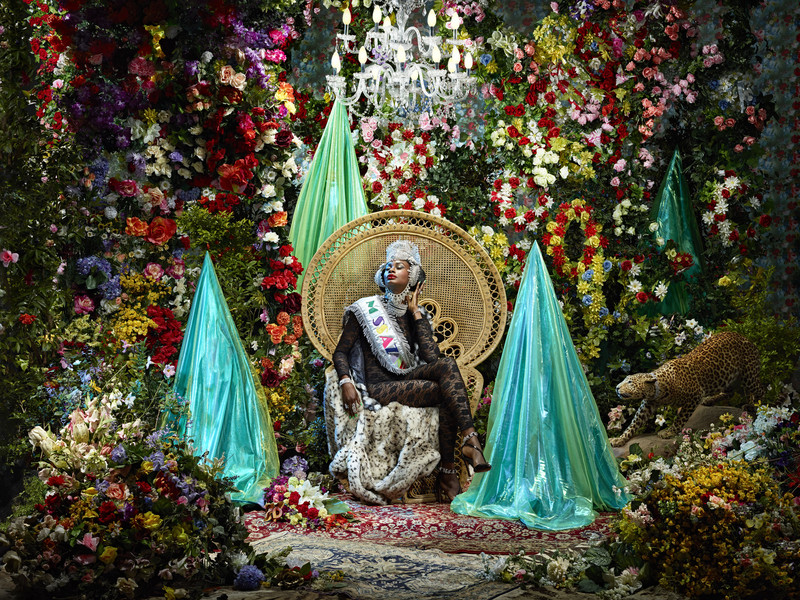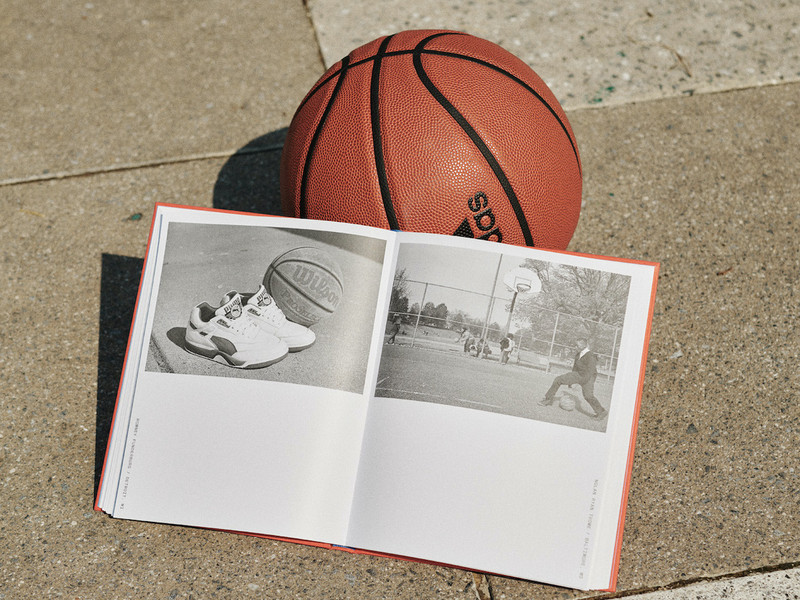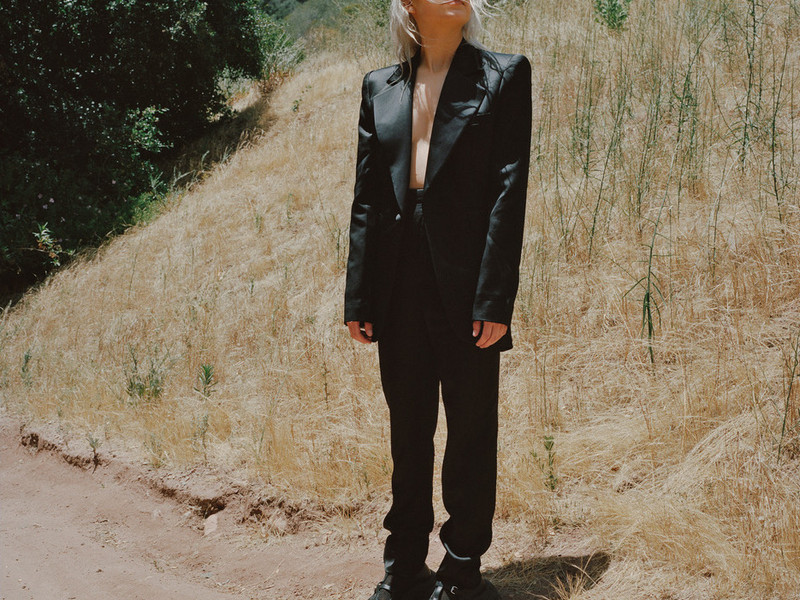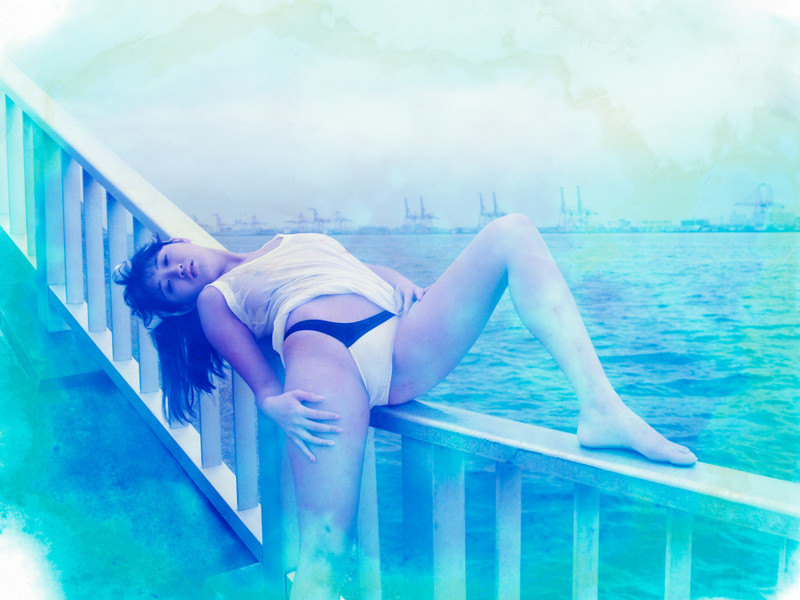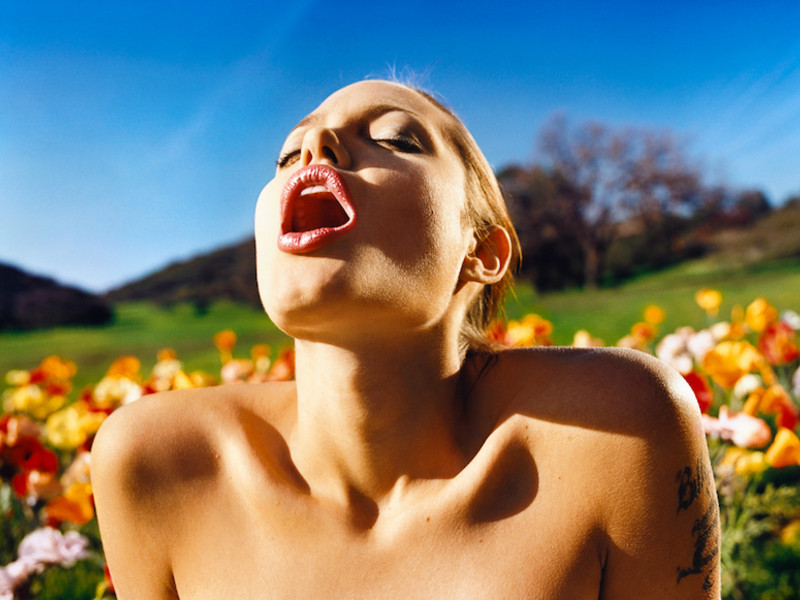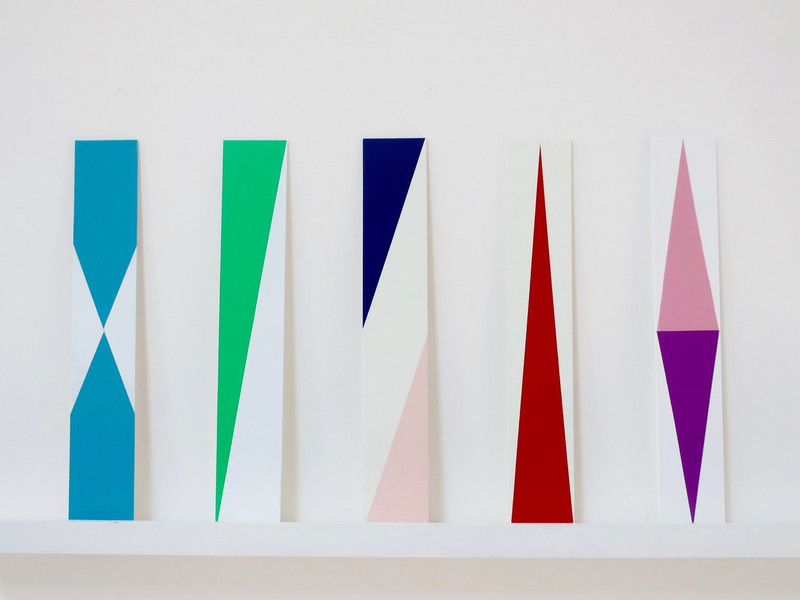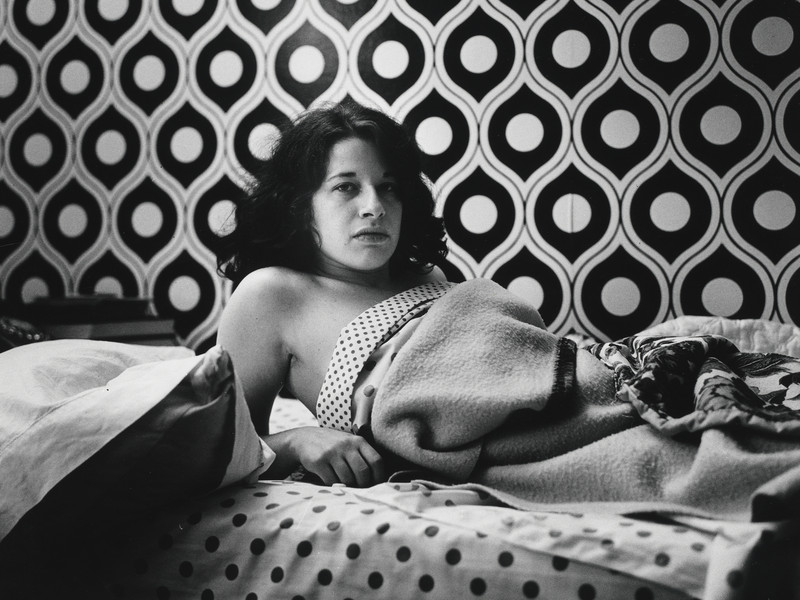Fruiting Habits
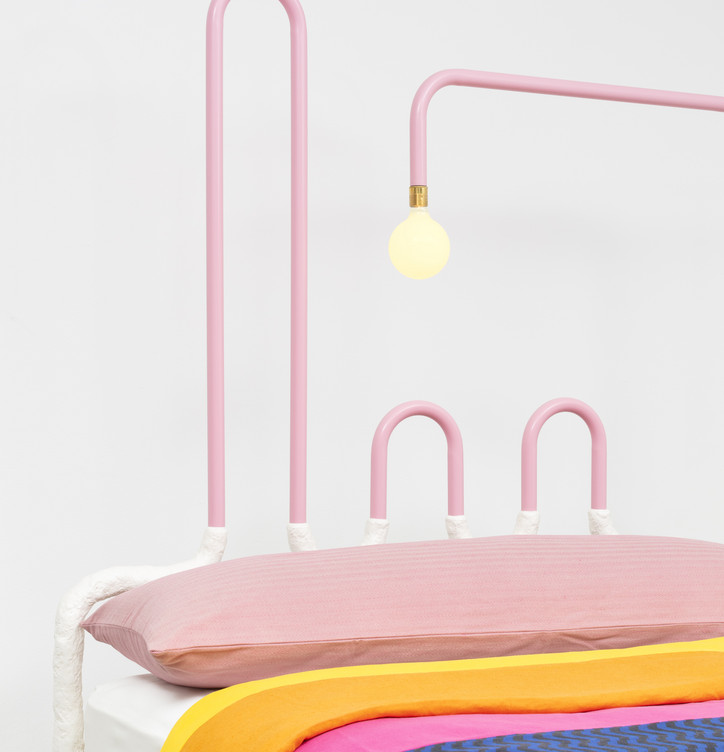
From painted bronze, leather, wood, marble and neon, Trayte has brought to life bulbous melons, gourds, confections and deli meats that look spookily edible. office is eating it up, so naturally we jumped on the chance to ask the artist about himself, his process and the role of functionality in art.
You have an interesting background as a chef and metal worker. How does that impact your sculptural work?
Working both as chef and metal worker has influenced the way I think about materials greatly. The kitchen is a busy, hectic place. It’s hot, stressful and dangerous; timing is critical; and you have to work as part of a team. It’s such a good place to learn important life skills, but also as a place to challenge yourself. I worked in an unusual restaurant where the head chef was willing to take risks, experiment and try new things. It enabled me to think about food stuffs in new ways when I was studying for my undergraduate degree in Fine Art. I think I learned more about making in the kitchen than I did while in college. Working as a metal worker came later, at a time when I was looking to acquire as many skills as possible. After my work experience at a foundry, I was taken on part time and spent many years fabricating work for various well-known artists and galleries whilst working in my own studio. Welding together complex and sometimes huge castings gave me the confidence to embark on my own projects with equal ambition.
The shapes of your sculptures are unusual and provocative. How do you arrive at them?
I appropriate forms and materials from the natural world and am always on the lookout for odd looking plants, fruits and vegetables, etc. Quite a few years ago I visited a giant vegetable competition in the UK and met with people that dedicate a lot of their spare time to pushing the limits of what is possible in growing things. Every autumn I visit them at this competition, or in their greenhouses and find huge and weird looking things. These are then moulded and eventually cast in various materials, but usually bronze.
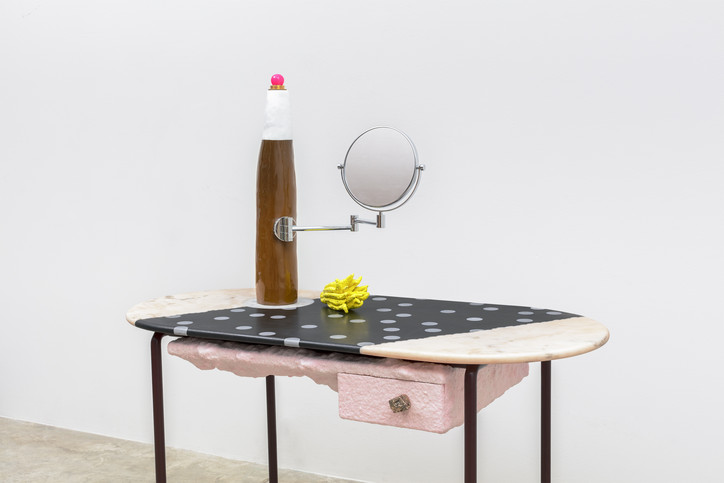
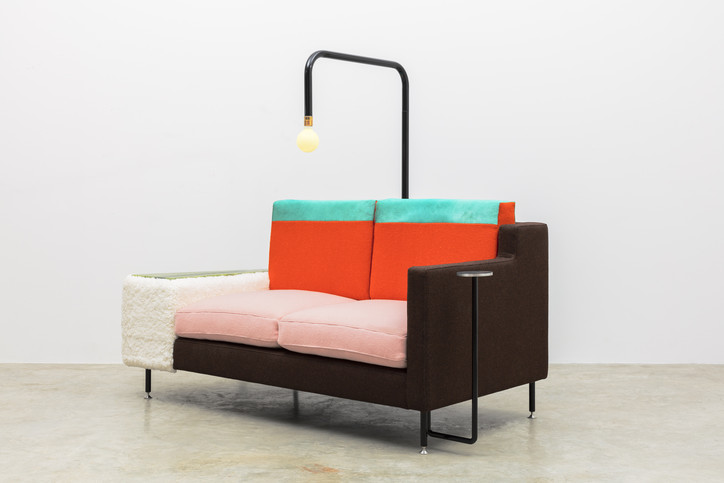
Can you tell us a little about your process in general?
My work will always begin with a drawing—something simple in ink and felt tip marker. It’s very helpful to visualize how a sculpture or piece of furniture might come together and quite often it evolves during this process too. It might be influenced by something I have seen whilst traveling and researching, or I may have found a strange form to mould or material to use. Then I have to assemble the various elements, which might involve bronze casting that can take weeks, or water jet cutting that I have to make CAD drawings for. Once the pieces are assembled, I work in the studio welding and metal working, then rendering and painting. Some parts are powder-coated off-site. It can take a long time from start to finish and I usually work on many pieces at once. They come together like a cast of characters or weird family members.
What changes in art when it becomes functional?
Fruiting Habits is the first opportunity I’ve had to put together so many functional things in one room. I’ve made furniture for exhibitions before, but this is the first for many aspects that you see here in the show. Whilst function can dictate certain proportions of a piece, there is still so much to work with. Even just considering the materiality of sculpture is exciting. I have been using various wool fabrics from traditional mills in Yorkshire (which is where I was born) along with unusual leathers and hides for upholstery. As an artist, this has been a sharp learning curve, but also a very rewarding one.
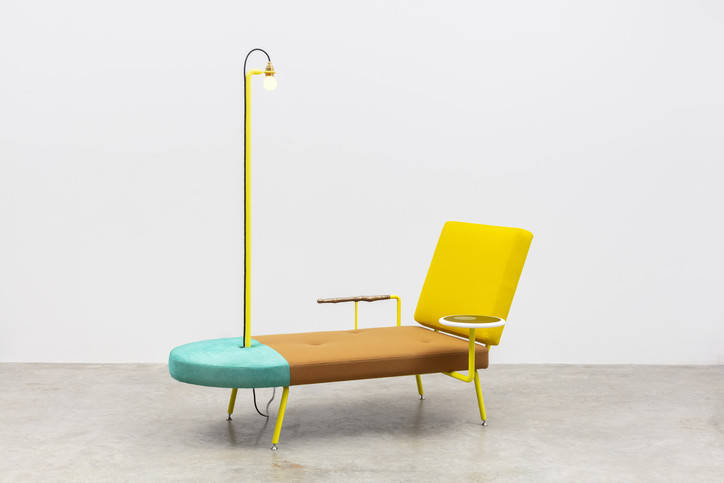
Your work is informed by the "language of color", can you tell us what that means?
I have amassed a collection of unusual food wrappers from around the world. Wherever I travel I always end up in a bodega or supermarket—often spending hours looking through the weird regional selections. In studying these I appropriate information that influences motif, design and colour etc. I’m interested in how the food industry goes to great lengths to persuade us to behave and consume in particular ways.
Fruiting Habits is your first solo show in the US, how does that feel?
It is really exciting to be in the US and to work with such a fantastic team. I’ve been to New York quite a lot over the years, but this is the first time I’ve exhibited properly. It’s great to be able to respond to such a vibrant place and to challenge myself, both in terms of ideas and also materials. The past six months have been intense, but I’m very pleased with the results. I’m also really looking forward to what comes next, to new projects and challenges in the future. I’d love to build a water park one day or make a bizarre café for a museum.
